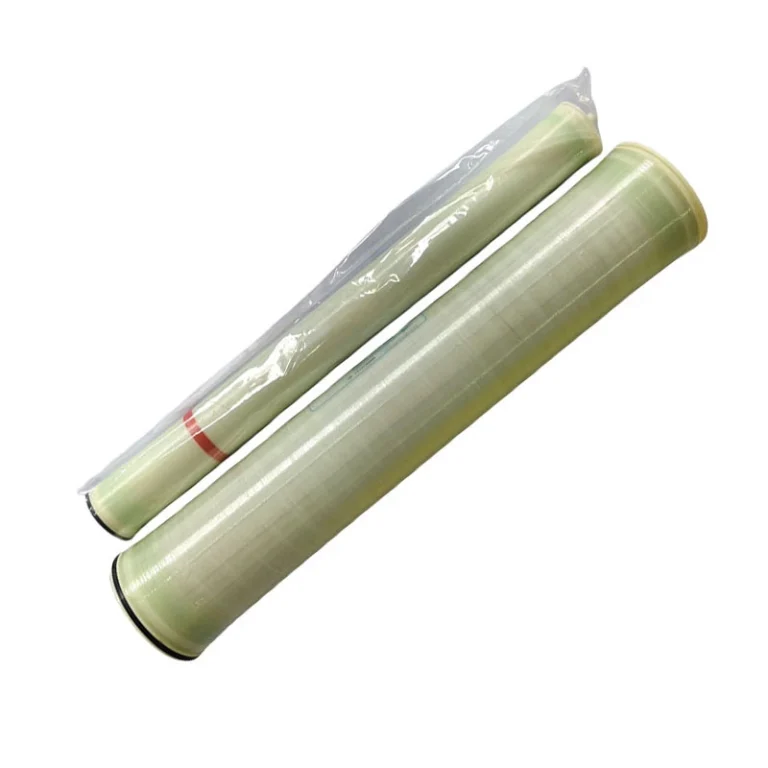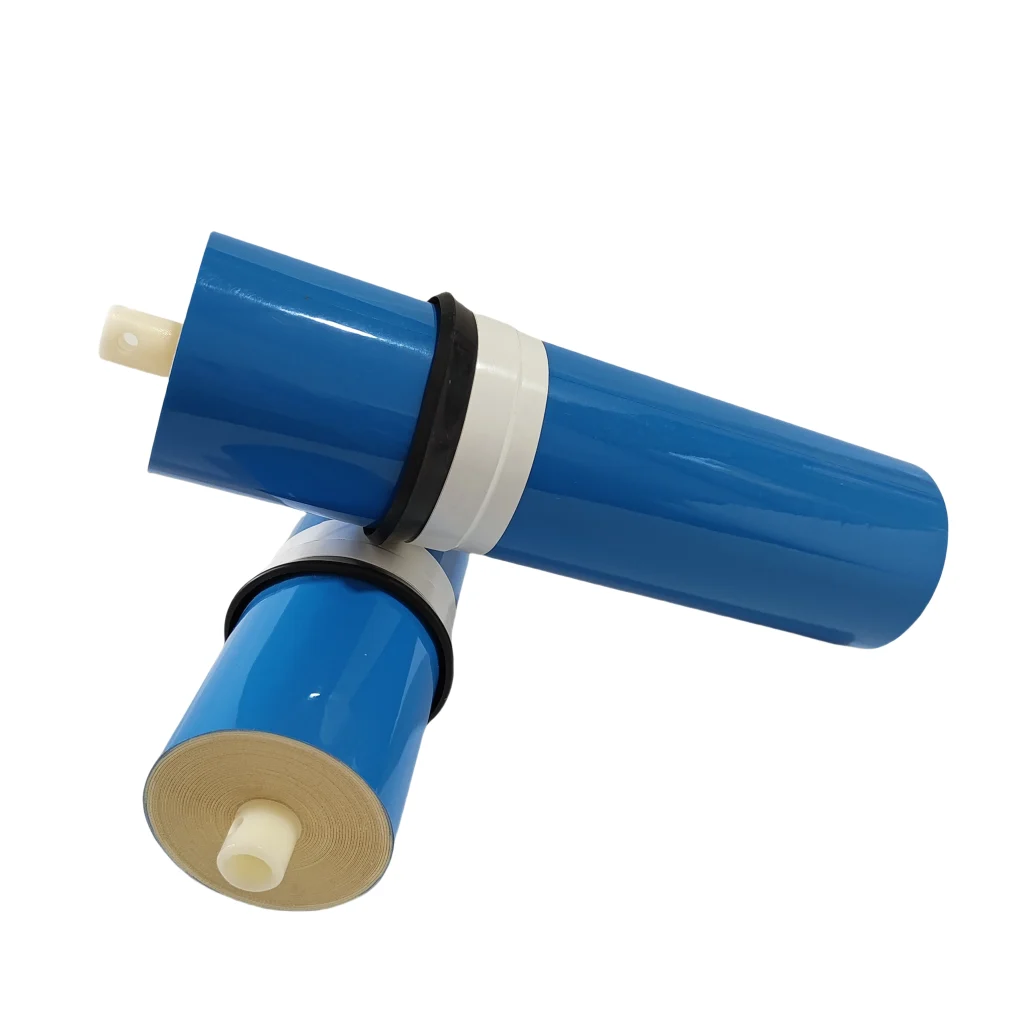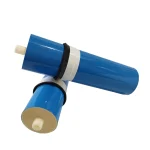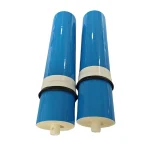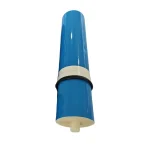BasideWT- Whole Home Water Filtration System & Replacement

BasideWT Factory Price Water Filter Parts RO Membrane replacement 1812 75G for Home Purifier
PRODUCT PARAMETERS
- Product Name: 1812 75G RO Membrane
- Model: 1812
- Desalination rate: 97%
- Recovery Rate: 55%
- Water Production: 75 GPD
- Pressure Range: 60-100 psi
- Applicable to : 1812 membrane housing
- Use: commercial pure water machine, straight drink machine
- Application: Water Filter System
- Function: Water Purification
- Packing: Standard Exportation Package
1812 75G Reverse Osmosis RO Membrane Filter Replacement
What does “1812 75G” actually mean? These numbers are crucial. The “1812” refers to the membrane’s size: 1.8 inches in diameter and 12 inches in length. This is a standard size for many under-sink residential systems. The “75G” stands for 75 gallons per day. This is the product’s flow rate. Therefore, this cartridge can generate 75 gallons of purified water every 24 hours. It perfectly balances capacity and compact design for most families.
Unmatched Technical Specifications and Superior Performance
Precision Engineering for Optimal Filtration
Ro membrane replacement water filter part boasts an industry-standard 1812 size. It delivers a high daily production of 75 gallons (75GPD). Consequently, it efficiently provides ample fresh water for cooking, drinking, and more. Its advanced reverse osmosis technology is key. It removes up to 99% of contaminants. These include dissolved salts, heavy metals, bacteria, and chemicals.
Why choose this RO membrane?
- Exceptional Purity: Effectively reduces Total Dissolved Solids (TDS).
- High Water Output: 75 gallons per day meets most households’ needs.
- Durable Construction: Built with high-quality materials for long-lasting use.
- Perfect Compatibility: Designed to fit most standard 1812 housing systems.
- Factory-Direct Price: Enjoy premium quality without the premium cost.
1812 RO Membrane Size

| Product name | 1812 RO Membrane |
| Capacity | 75GPD |
| Desalination | 97% |
| Application | Drinking Water |
| Filter Mat | Membrane, composite, polypropylene/PP |
| Compatibility | Fits any standard 1.8″ X 12″ Residential RO membrane housings |
| Filter Type | Reverse Osmosis |
| Membrane Type | Thin Film Composite (TFC) |
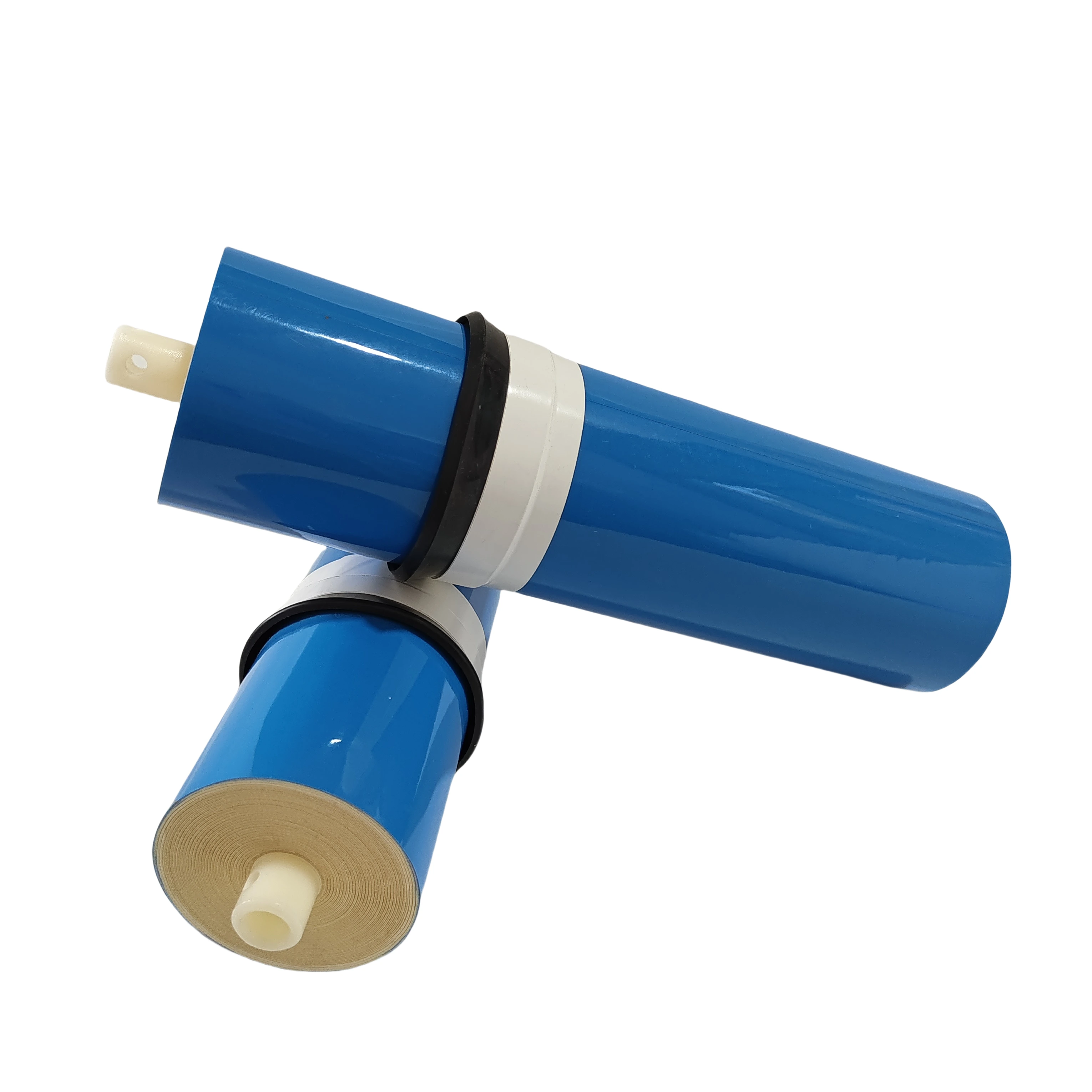
The Critical Role of Reverse Osmosis in Modern Water Purification
How does a reverse osmosis system work? Simply put, it pushes water through a semi-permeable membrane. This membrane acts like an ultra-fine filter. It blocks contaminants but allows clean water molecules to pass through. However, this vital component wears out over time. A worn-out membrane leads to poor water quality and low pressure. Therefore, regular replacement is not a suggestion; it is a necessity for maintaining performance.
Why Timely Replacement of Your RO Membrane is Non-Negotiable
Signs Your Water Filter Membrane Needs Changing
How do you know it’s time for a swap? Look for these tell-tale signs: a noticeable drop in water flow, a change in water taste, or an increase in TDS levels. Ignoring these signals means you might be drinking inadequately filtered water. Consequently, replacing your old membrane restores your system’s efficiency and protection.
The BasideWT Advantage: Quality Meets Affordability
Many assume high quality demands a high price. BasideWT challenges this notion. We offer a factory-direct, cheap RO membrane replacement without compromising on performance. You get a reliable, effective water filter part that rivals more expensive brands. Specifically, our rigorous testing ensures every unit meets strict standards for purity and flow rate.
FAQs
Choosing the perfect water treatment system depends on your specific water quality, household size, and needs. We make it easy with our 3-step process:
Water quality testing – analyze your water for contaminants, hardness, and other factors.
Personalized Consultation – Our experts recommend systems based on your results, budget, and water usage.
Customized Solution – From whole-house filtration to targeted solutions (e.g., RO for drinking water, softeners for hard water), we tailor the system to your home.
To determine your water flow rate in gallons per minute (GPM), follow these simple steps:
Prepare for Testing:
- Prepare for Testing:
- Ensure all water fixtures in your home are turned off
- Select the faucet closest to your main water supply line (usually the kitchen sink or an outdoor spigot)
- Conduct the Test:
- Fully open the selected faucet
- Time how many seconds it takes to fill a 1-gallon container
- Repeat the test 2-3 times for accuracy
- Calculate Your Flow Rate:
Use this formula: Flow Rate (GPM) = 60 ÷ Fill Time (seconds)Example Calculation:- If your 1-gallon container fills in 15 seconds
- 60 ÷ 15 = 4 GPM
For more precise measurements or whole-home flow rate analysis, contact our water system specialists. We can help you determine if your current flow rate meets the requirements for any water treatment systems you’re considering.

1. Check Multiple Fixtures
Test water pressure at different faucets, showers, and appliances (e.g., kitchen sink, bathroom sink, outdoor hose).
If only one fixture has low pressure, the problem is likely localized (clogged aerator, faulty valve, or pipe issue).
If all fixtures have low pressure, the issue is systemic (main supply, pressure regulator, or water heater).
2. Inspect the Aerator or Showerhead
Unscrew the faucet aerator or showerhead and check for mineral deposits, debris, or rust.
Soak it in vinegar overnight to dissolve buildup, then rinse and reattach.
3. Check the Main Shutoff Valve
Locate the main water shutoff valve (usually near the water meter or where the main line enters the house).
Ensure it’s fully open (turn clockwise to close, counterclockwise to open).
1. Activated Carbon Filters
- Removes:
✅ Chlorine & chloramines
✅ Bad tastes & odors (e.g., sulfur)
✅ Volatile Organic Compounds (VOCs)
✅ Some pesticides & herbicides
❌ Does not remove heavy metals, dissolved minerals, or microbes
2. Reverse Osmosis (RO) Systems
- Removes:
✅ Heavy metals (lead, arsenic, mercury, cadmium)
✅ Dissolved salts (fluoride, nitrates, sulfates)
✅ Microplastics & sediment
✅ Bacteria & viruses (if combined with UV)
✅ Chlorine & chemicals (with carbon pre-filter)
❌ May remove beneficial minerals (can be remineralized)
3. Water Softeners (Ion Exchange)
- Targets:
✅ Calcium & magnesium (hardness)
✅ Low levels of iron & manganese
❌ Does not remove bacteria, chlorine, or heavy metals
4. UV Purifiers
- Kills:
✅ Bacteria (E. coli, coliform)
✅ Viruses (rotavirus, hepatitis)
✅ Protozoa (Giardia, Cryptosporidium)
❌ Does not remove chemicals, metals, or sediment
5. Sediment Filters
- Removes:
✅ Sand, rust, dirt
✅ Large particles & silt
❌ Does not remove dissolved contaminants
6. Whole-House Filtration Systems
Combines multiple methods (carbon + sediment + UV) for broad protection.
- UV: Kills bacteria/viruses but doesn’t remove chemicals or particles.
- RO (Reverse Osmosis): Removes 95–99% of contaminants (heavy metals, dissolved salts) but requires electricity.
- Activated Carbon: Absorbs chlorine, odors, and organic compounds—ideal for pre-filtration.
REQUEST A QUOTE
RELATED PRODUCTS

High Quality Double O Ring 1812/3012/3013/3213 Plastic RO Membrane Housing Shell for Residential RO Water Filter Use

Water ULP Ultra Low Pressure Industrial 8040 Reverse Osmosis Membrane Element 8″ x 40″

Reverse Osmosis Membrane 3013-400G 600G ro membrane change For Home RO Drinking Water Purifier System

Hollow Fiber UF Membrane Water Filter – Advanced Ultrafiltration System for Clean Water

UF Filter Membrane Hollow Fiber Ultrafiltration Membranes BasideWT
